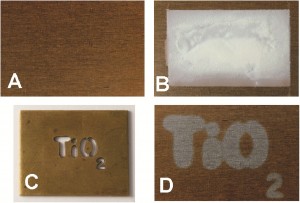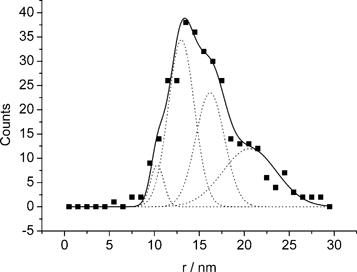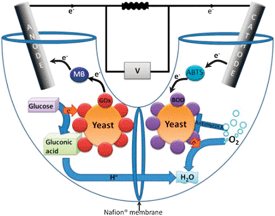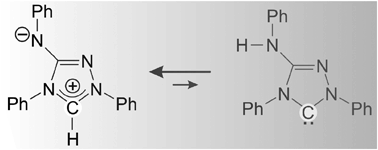***DEADLINE FOR NOMINATIONS: 9th DECEMBER 2011***
We are delighted to invite nominations for the 2nd ChemComm Emerging Investigator Lectureship. The lectureship, which is awarded annually, will recognise an emerging scientist in the early stages of their independent academic career.
To qualify
To be eligible for the ChemComm Emerging Investigator Lectureship, the candidate should have completed their PhD on or after 5th September 2003.
The candidate should also have published at least one article in ChemComm during the course of their independent career.
Award details
The recipient of the award will be invited to present a lecture at three different locations over a 12 month period. It is expected that at least one of the locations will be a conference. The recipient will receive a contribution of £1500 towards travel and accommodation costs. S/he will also be presented with a certificate and be asked to contribute a ChemComm Feature Article.
Nominations
Those wishing to make a nomination should send the following details to the ChemComm Editorial Office by 9th December 2011:
- Recommendation letter, including the name, contact details and website URL of the nominee.
- A one page CV for the nominee, including their date of birth, summary of education and career, list of up to five independent publications, total numbers of publications and patents and other indicators of esteem and evidence of independence.
- A copy of the candidate’s best publication to date (as judged by the nominator).
- Two supporting letters of recommendation from two independent referees. These should not be someone from the same institution or the candidate’s post doc or PhD supervisor.
The nominator and independent referees are requested to comment on the candidate’s presenting skills.
Please note that self nomination is not permitted.
Selection procedure
The ChemComm Editorial Board will draw up a short-list of candidates based on the information provided by the referees and nominator. Short-listed candidates will be asked to provide a supporting statement justifying why they deserve the award. The recipient of the award will then be selected and endorsed by the ChemComm Editorial Board.
Previous winner
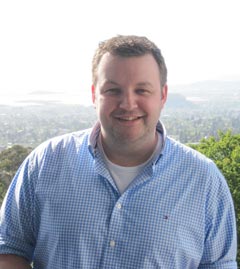 2011 Dr Scott Dalgarno (Heriot-Watt University, Edinburgh, UK) – Find out about his Emerging Investigator Lecture tour in China
2011 Dr Scott Dalgarno (Heriot-Watt University, Edinburgh, UK) – Find out about his Emerging Investigator Lecture tour in China












 2011
2011 